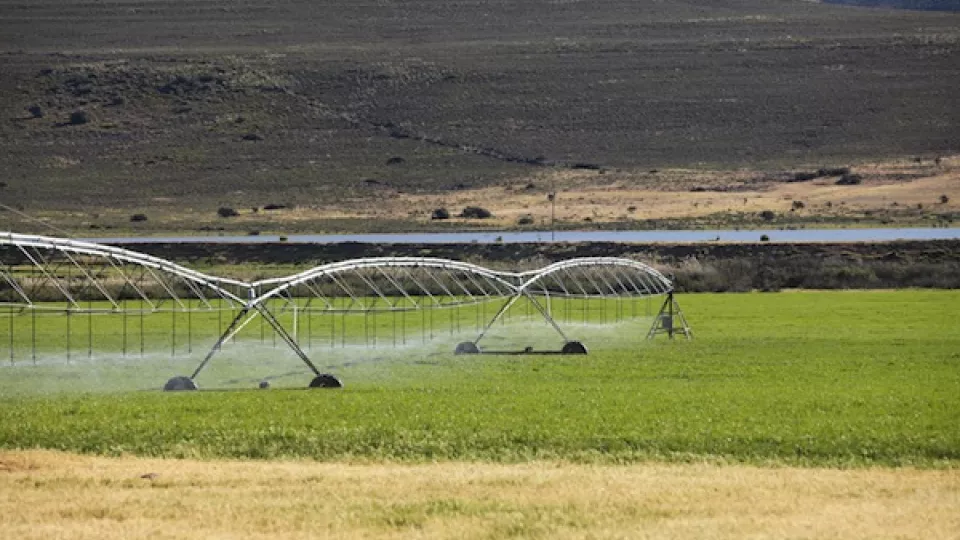During the 21st century, foreign companies have leased large tracts of land in Africa – more so than in other parts of the world – in order to produce cheap food, cheap timber and cheap raw material for biofuels. An interdisciplinary study from Lund University in Sweden shows that about three per cent of the land leased in Africa by foreign companies has been registered as currently in production, for the purpose of growing crops. For various reasons, the companies have either pulled out or not started producing on other leased land.
The study also shows that the crops that foreign investors decide to grow often require more water than the traditionally grown crops. Furthermore, it shows that the same crop can have very different needs for water, depending on the climate where it is grown and which irrigation systems the companies use.
The researchers in Lund, together with a colleague in France, have developed a model that shows how much water is needed for different production systems, in different types of climates, in different parts of the continent. The model takes into account both the size of the land and the type of irrigation system.
This model has enabled researchers to distinguish between areas where rainwater accounts for the largest share of irrigation water, and areas where large foreign agricultural companies satisfy more than half of their water needs by using fresh water sources, such as groundwater, rivers and ponds. This has allowed the researchers to highlight the areas around the continent where increased competition for water escalates the risk of water-related conflicts between different sectors and ecosystems.
“These hotspots have not been identified in this way before. Previous studies have often focused on the size of the area and not on how much fresh water is used to grow the demanding crops that foreign companies are interested in”, says physical geographer Emma Li Johansson, who was in charge of the study.
The leases are often written for periods of 33 to 99 years. The contracts rarely include any rules or limits concerning the use of water.
“Our research can perhaps lead to foreign investors showing greater consideration for how much water is necessary, in relation to how much water is actually available. Hopefully, the results can serve as a basis for documents that regulate the water consumption of large-scale farming companies”, says Emma Li Johansson.
The results are published in an article in the scientific journal PNAS.
Download article: Johansson E L et al (2016) Green and blue water demand from large-scale land acquisitions in Africa. PNAS (open access)
